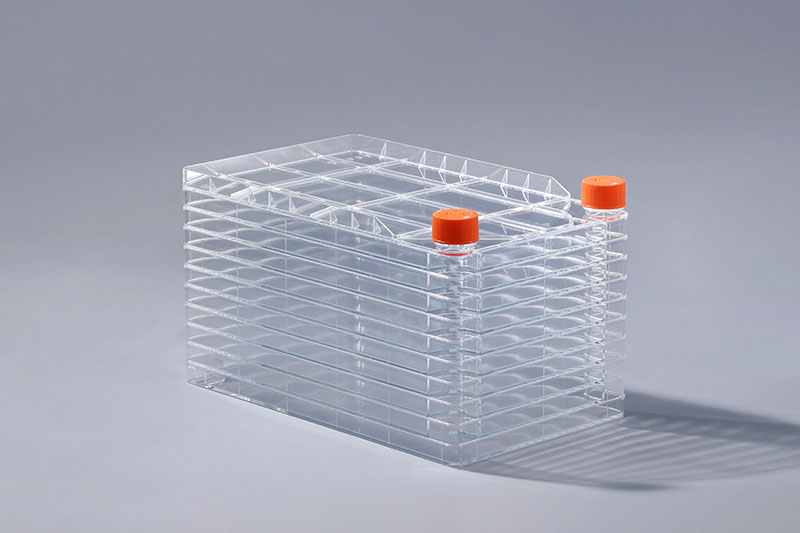Common contamination of cell factory cultured cells - microbial contamination
Cell factories play an important role in large-scale cell culture such as vaccine preparation and lentiviral vectors. When culturing cells, various kinds of pollution are very troublesome. Among the pollution sources, microbial pollution is a relatively common type of pollution.
Microbial contamination refers to various sources of contamination such as bacteria, molds, mycoplasmas, and black worms that grow when cells grow in cell factories.
1. Bacteria: Bacterial contamination commonly includes Escherichia coli, Staphylococcus, etc. This kind of contamination is easy to find. It is black and fine sand under an ordinary inverted microscope. The culture solution generally turns yellow in a short time. The liquid is not mixed, a little shaking will cause a lot of turbidity to float.
2. Mold: Most of the mold contamination is Candida albicans, Aspergillus, yeast and so on. After mold contamination, the culture medium remained clear and turbid in a short period of time. Under an inverted microscope, interlaced filamentous and dendritic hyphae between cells could be seen floating in the culture medium.
3. Mycoplasma: The size of Mycoplasma is between bacteria and viruses, and it is an independent living microorganism. Sensitive to heat, not to general antibiotics. The shape of mycoplasma is changeable, and it is mostly adsorbed on the cell surface and between cells. Observed under the electron microscope, there are high-density dense granules in the center, and the cross section is similar to the cell microvilli.
4. Black worms: Small black spots appear in the cells after being contaminated by black glue worms, and irregular movements can be seen under a high-power microscope. The turbidity of the culture medium was not obvious, and it had little effect on the growth state of the cells.
The above are common microbial contaminations when culturing cells in cell factories. They have different effects on cell growth. Controlling these contaminations is a key measure to ensure good cell growth.

评论
发表评论